

This study proposes to observe two different cities’ immediate periphery, where an industrial area developed decades ago. Since manufacturing’s decline in large cities, those substantial plots are underused. Those regions are at the articulation between the city and its suburb.
It’s a major challenge to ensure a continuous urban extension. Despite cities with different urban establishments, stakes and strategies are joining in the future.
That why, those brownfields are interesting to study. Both locations are large sections in front of the city center. There are different types of industrial buildings on their grounds like warehouses and factories. Both suggest a mixed use complex around the existing constructions’ rehabilitation.
Based on The architecture of the city, we compare those situations with Rossi’s facto urbano. They are similar to islands or reserve areas that allow a city renew. The fragment from the past call on collective memory.
A lot of modern architects used industrial metaphors in their designs like machinery or boat images without realized it. Today, building around the industrial patrimony it’s a way for architects to assume hidden symbolism in modern architecture.

Paris is a multipolar city. It was developed from an historical core, very dense and rich in monuments. Then, several polarities appeared around the center forming successive circles.


The major arteries start from the center in a concentric master plan. A ring highway links all of the roads, and marks the separation between the city and its suburb.


To ensure uniform development, the city sets up a mesh strategy. Around every boulevards are developing grids of constructions to maintain interest until city boundaries.


New York is a polycentric city. The growth areas were developed one after another, to form Manhattan core. Some districts are specialized in a unique function (like Wall Street which is the financial district).


New York covered Manhattan Island with a grid, which continued in Brooklyn area and other four borrows. We started to build from the bay to inland. This was the most speculative bet in the real estate field for any city before and after.


To ensure uniform development, the city sets up a concentric strategy. Highway belts allow to create fast connections between center and boundaries.
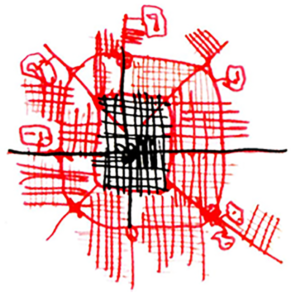
(The franchised city), David Mangin.

La Villette | Paris | France
Construction: 1970 | Reconversion: 2011- 2016

The Macdonald warehouse is a concrete monolith, twice the size of the Eiffel Tower. The building was used to stock railroad equipment, until it takes part in a massive rehabilitation program. After opening several walkways, they disposed smaller cubes of residency, work places and activities around two inner courtyards.

PLASTICITY


SHAPE
A pedestal
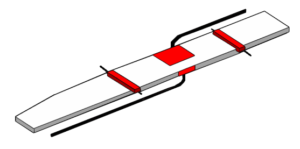
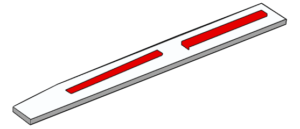
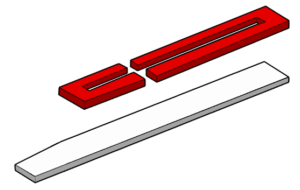
pedestal

SPACE
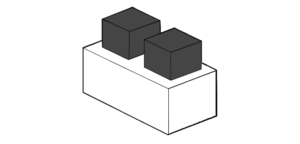
a new smaller scale, well
known in the city.


Williamsburg | Brooklyn | USA
Construction: 1856 | Reconversion: 2015- 2023

The Domino factory produced most part of the sugar in America. It takes advantage of East River’s proximity to ship merchandises by boat across the country. The production was relocated, but the factory became a monument thanks to the Landmarks Preservation Commission of 2007. A skyscrapers project is set up around the factory rehabilitation.

PLASTICITY


SHAPE
An envelope


flowing the light in
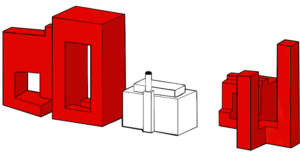
by one

SPACE
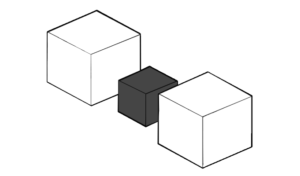
establishes a known scale
in skyscrapers project.

